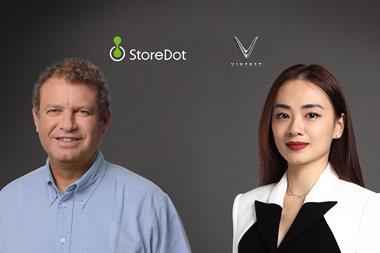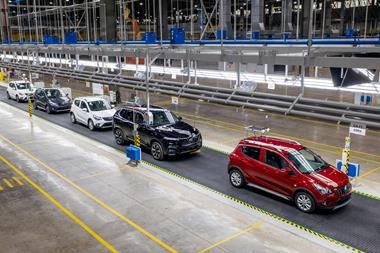Vinfast’s rocky road to global electric brand
By Fabian Pertschy, Stefan Grundhoff and Jason Dunn2022-04-06T10:37:00
As late as mid-November 2021, former Opel CEO Michael Lohscheller was on stage at the Vinfast stand at the Los Angeles Auto Show. By the end of the year, the Vietnamese automaker announced his departure after just four months on the job, citing “personal reasons.” By late February 2022, Lohscheller had taken the reins at fuel cell truck startup Nikola, a company that has faced its own challenges over the past year.
Vinfast is nevertheless speeding along. The automaker was founded in 2017 as an electric premium brand, and he was supposed to lead the automaker out of its home market and into the wider automotive world. The company can’t complain about a lack of financial resources. As a member of Vingroup, it has at least $5.4 billion available. Vingroup’s largest shareholder is billionaire Pham Nhat Vuong.
Le Thi Thu Thuy has taken over the company’s top post while keeping her position as Vingroup’s deputy chief executive, directly supervising activities in the brand’s existing markets and guiding market research and future expansion.







































